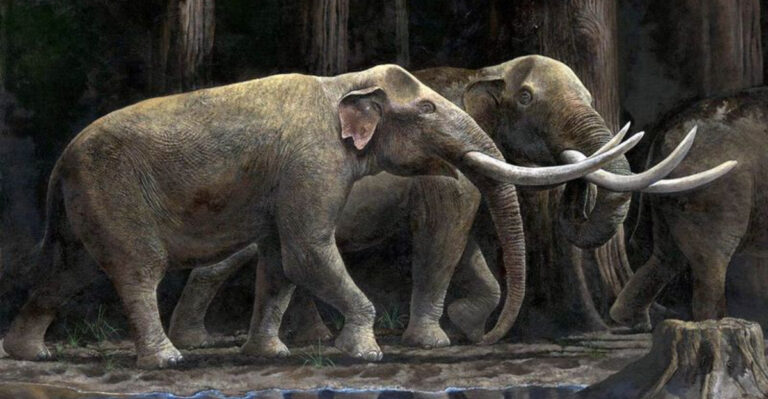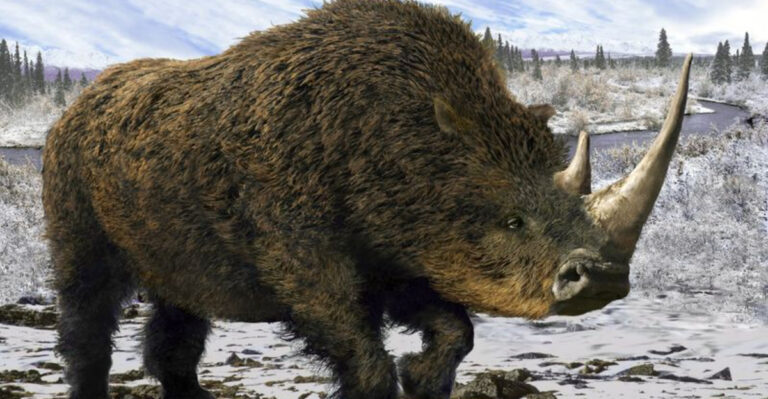Comparing The World’s Most Massive Eagles
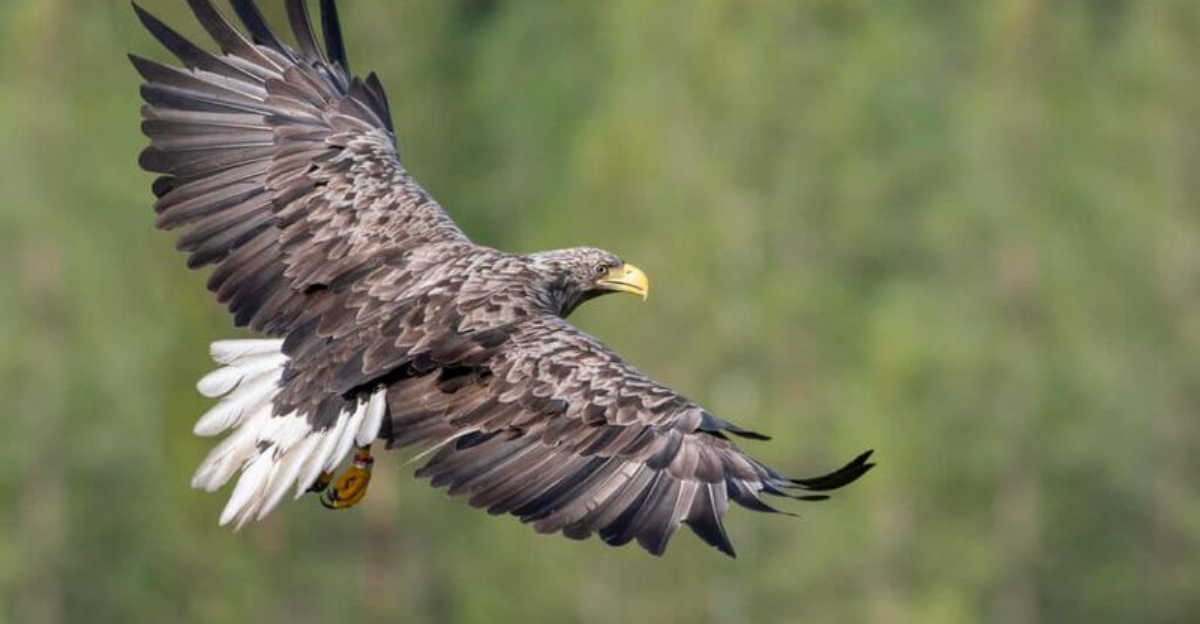
Eagles stand as nature’s aerial powerhouses, capturing our imagination with their incredible size and hunting prowess. These majestic birds of prey display remarkable diversity across continents, from dense rainforests to open tundra.
Let’s explore fascinating facts about the world’s largest eagles and what makes each one a unique master of the skies.
1. Over Sixty Eagle Species Exist Worldwide
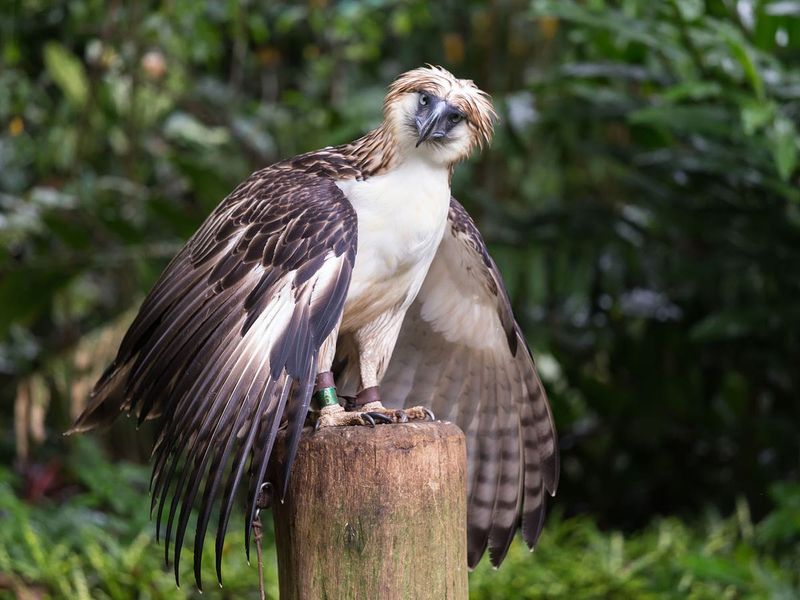
Imagine filling a stadium with every type of eagle – you’d need over 60 seats! These magnificent birds have conquered nearly every continent except Antarctica.
While we often picture just a few famous species, the eagle family tree branches extensively across various habitats and hunting styles. Each evolved unique adaptations for their environment.
2. Most Eagle Species Live In Asia And Africa
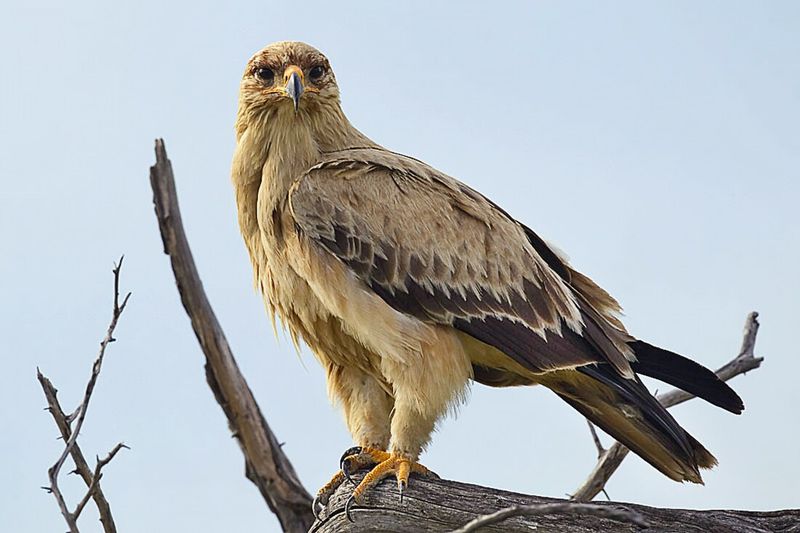
These continents serve as eagle headquarters! The tropical forests and vast savannas create perfect hunting grounds for these apex predators.
Asia hosts approximately 26 species while Africa supports about 14 different eagles. The diverse landscapes provide abundant prey and nesting opportunities, allowing these birds to evolve into specialized hunters across various ecological niches.
3. Eagles Are Among The Largest Birds Of Prey
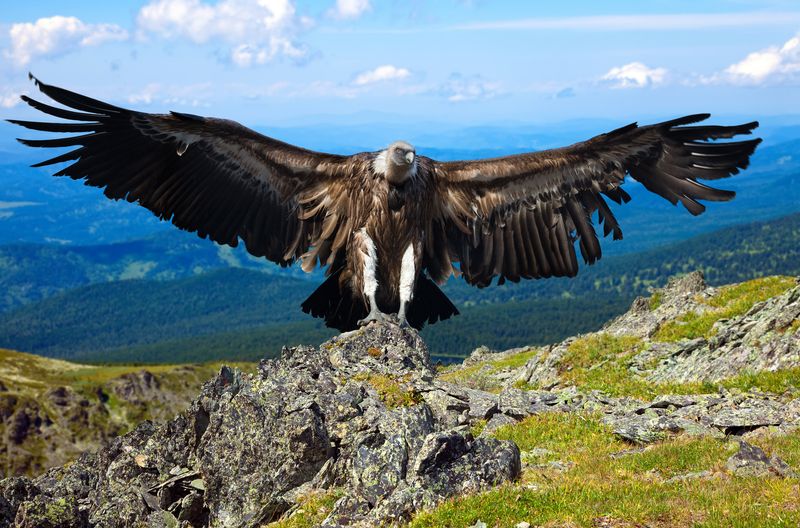
Tipping the scales at impressive weights, these feathered giants make most hawks look like bantamweights in comparison! Their massive size serves a crucial purpose in the wild.
Strong muscles power their hunting abilities, allowing them to capture prey that smaller raptors couldn’t dream of tackling. Some species can even snatch animals weighing as much as a small dog!
4. Forest Eagles Have Shorter Wingspans
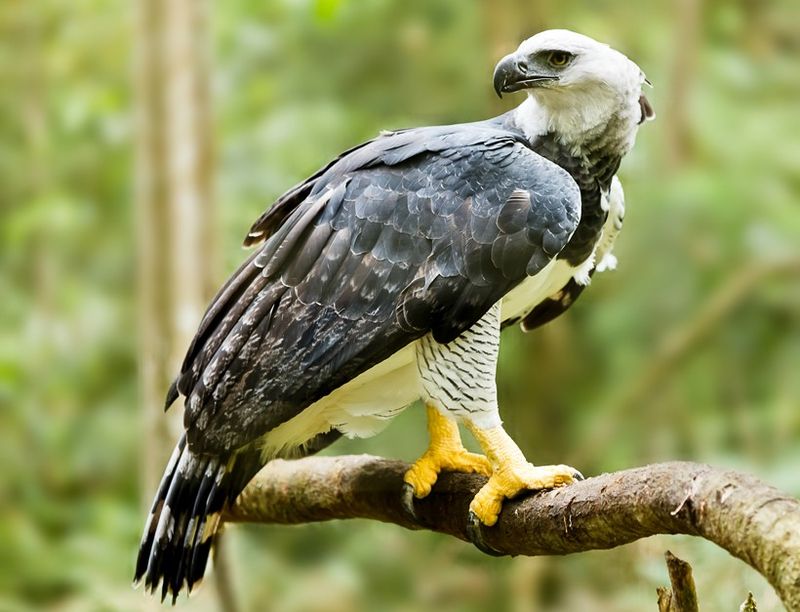
Built like aerial sports cars, forest eagles trade wingspan for maneuverability! Their compact design allows for quick turns between trees and dense vegetation.
Think of them as the fighter jets of the bird world. These specialized hunters have developed broader tails and powerful wing muscles to accelerate quickly in short bursts, perfect for ambushing prey in thick jungle canopies.
5. Open Country Eagles Have Wider Wingspans
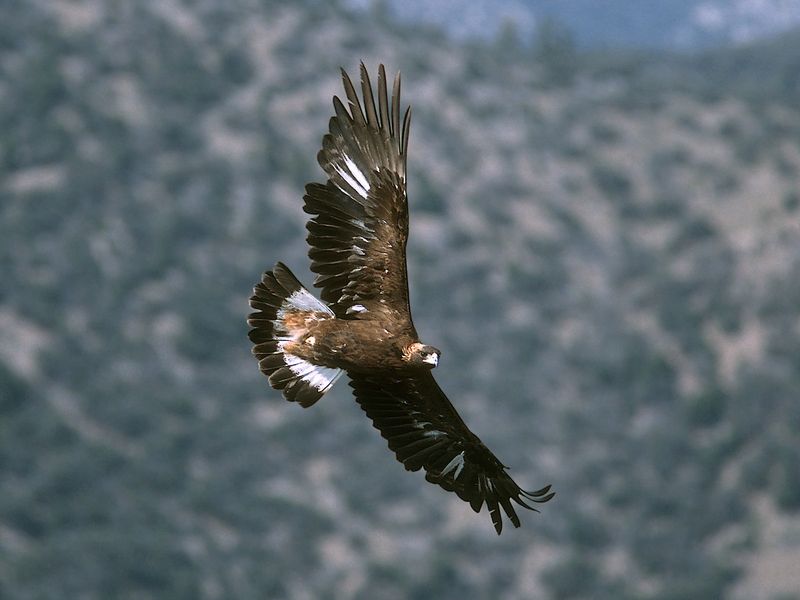
Soaring like living gliders, these open-terrain specialists boast wingspans that would make small airplanes jealous! Their design maximizes efficiency when riding thermal currents.
Unlike their forest cousins, these eagles rarely need quick maneuvers. Instead, they’ve evolved for long-distance surveillance flights, sometimes spending hours aloft without a single wing flap, scanning vast areas for potential meals.
6. Harpy Eagle Has One Of The Heaviest Bodies
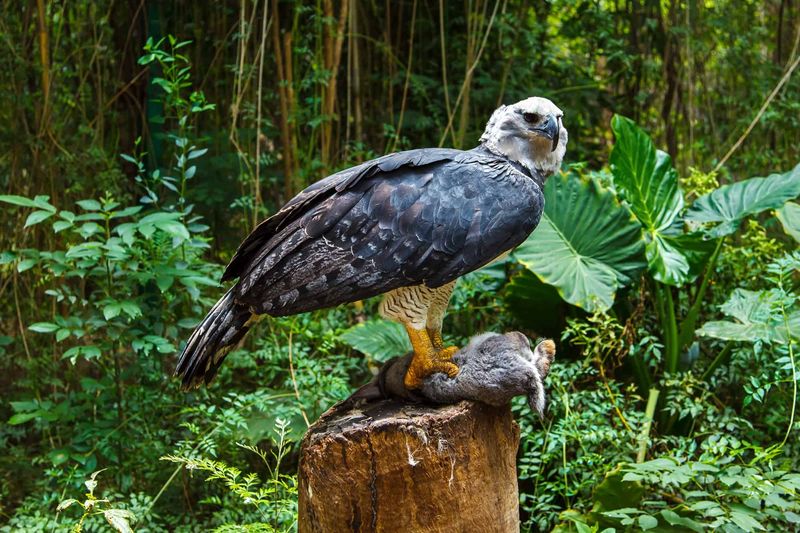
Weighing up to 20 pounds, these muscular powerhouses could be mistaken for small children when perched! Their massive talons can exert grip strength comparable to a wolf’s bite force.
Hidden in South American rainforests, harpies have evolved into monkey-hunting specialists. Despite their bulk, they move through dense canopies with surprising grace, ambushing unsuspecting primates with lightning-quick strikes.
7. Philippine Eagle Has The Longest Body Length
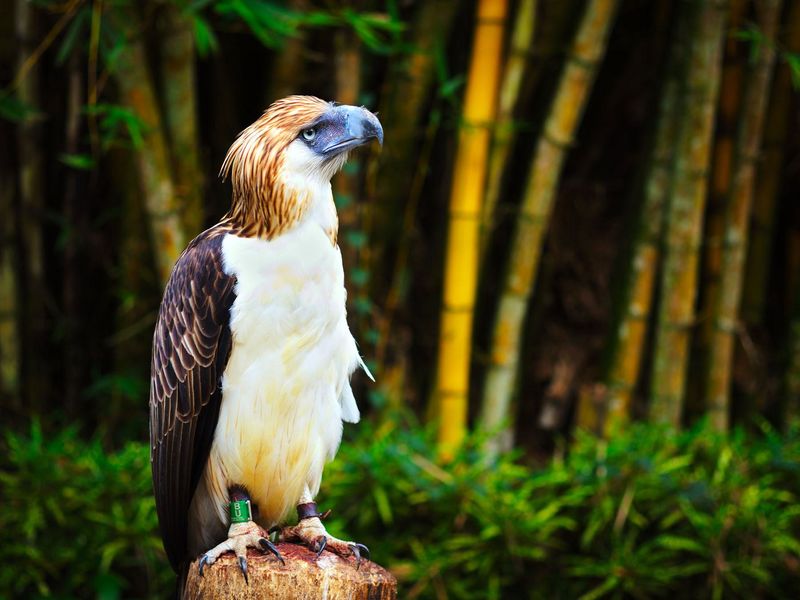
Stretching over 3 feet from beak to tail, this critically endangered giant looks almost prehistoric! Its distinctive crest resembles a lion’s mane, earning its nickname “monkey-eating eagle.”
Found only in the Philippines, these magnificent birds face severe habitat loss. Each breeding pair requires up to 40 square miles of undisturbed forest to successfully raise their single chick, making conservation especially challenging.
8. White-Tailed Eagle Has A Massive Wingspan
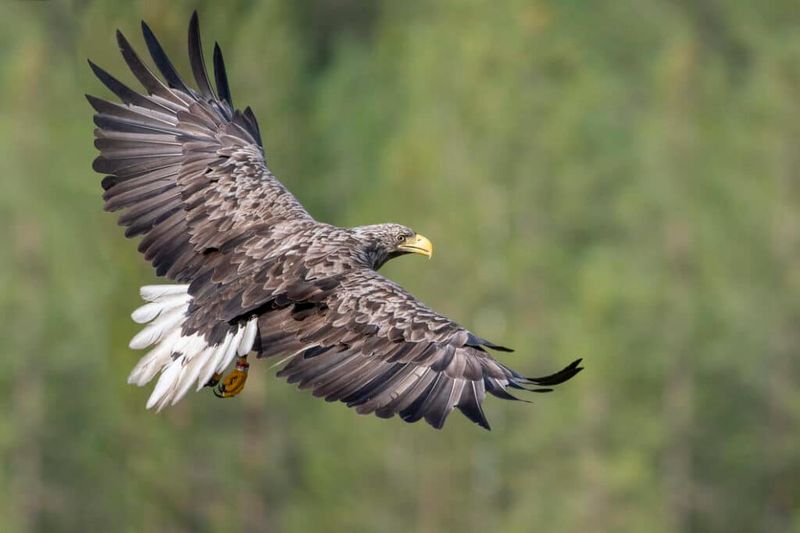
Unfurling wings that stretch nearly 8 feet tip-to-tip, these European giants create shadows large enough to startle fish below! Their distinctive white tail flashes brilliantly against dark bodies.
Once nearly extinct across much of Europe, conservation efforts have helped these magnificent birds recover. They’re masters of piracy, often harassing other birds until they drop their catch rather than hunting themselves.
9. Golden Eagle Is Widespread Across The Northern Hemisphere
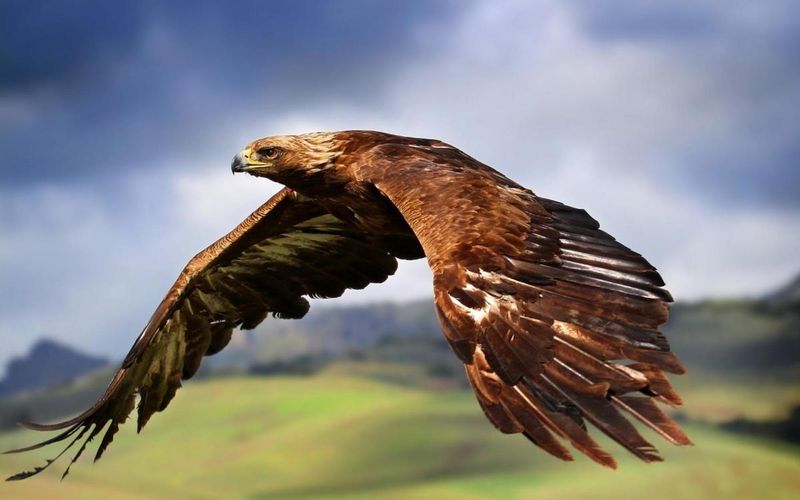
From American deserts to Asian steppes, these adaptable hunters have conquered more territory than any other eagle! Their chocolate-brown plumage with golden nape feathers shimmers magnificently in sunlight.
Incredibly versatile, golden eagles can take down prey from rabbits to young deer. Ancient falconers prized them above all birds, with some Central Asian cultures still using them to hunt wolves in traditional eagle festivals.
10. Steller’s Sea Eagle Is Among The Heaviest
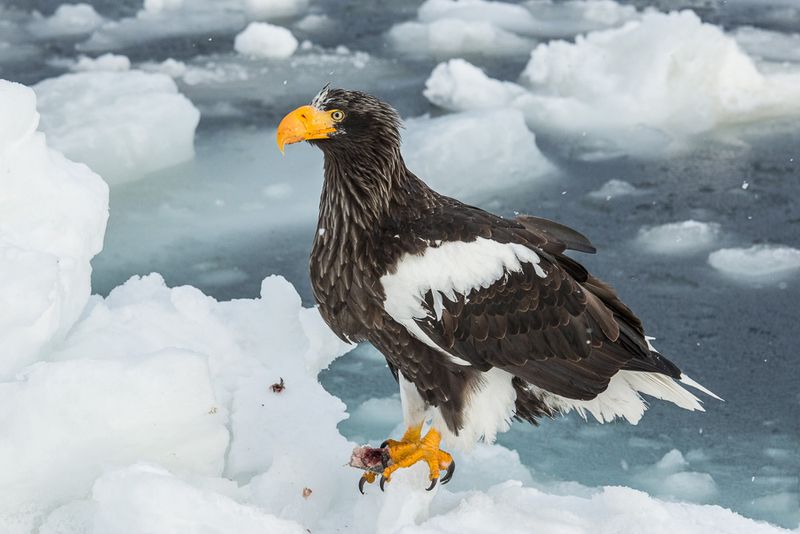
Tipping scales at up to 20 pounds, these black-and-white giants make bald eagles look positively dainty! Their massive orange beaks can tear through tough salmon skin like butter.
Native to Russia’s far east coastlines, these cold-weather specialists have evolved incredible insulation. Their feathers are so densely packed that freezing water runs off without wetting their skin, allowing them to hunt in icy seas.
11. Crowned Eagle Uses Strength To Hunt Large Prey
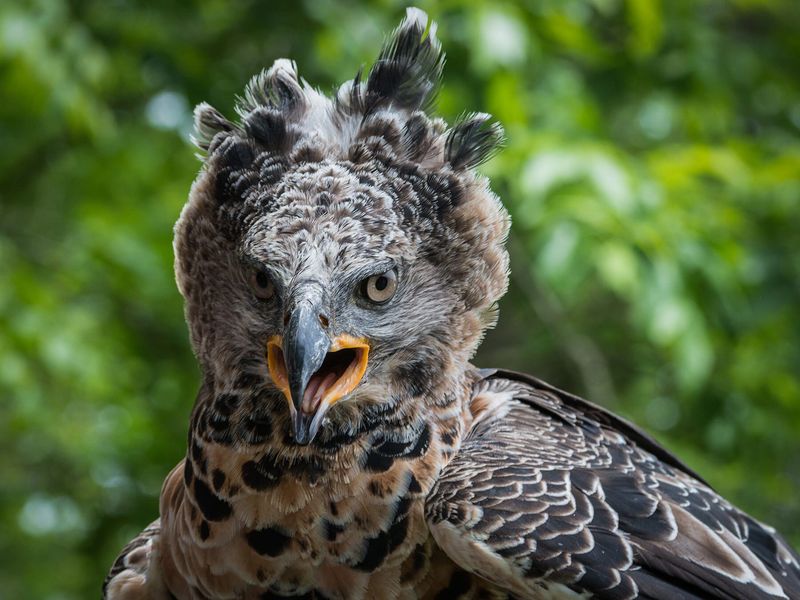
Pound-for-pound, Africa’s forest assassin might be the most fatal eagle alive! These relatively compact birds can tackle animals four times their weight through sheer muscle power.
Their specialized hunting technique involves a skull-crushing grip. When a crowned eagle sinks its talons into monkey prey, it can exert enough pressure to puncture bone. Some scientists believe they occasionally target small children, earning them the nickname “leopard of the sky.”




